|
I spotted this raptor pure by accident. I was on the cabana trail trying to photograph antbirds or hummingbirds when I suddenly saw some movement from the corner of my eye. I went to check what it was and when I looked up, I saw this Black-faced Hawk staring back at me standing between the dense vegetation. Sometimes it happens that I miss some birds because of this strategy; standing still between the foliage green and not moving at all. That's wildlife.
This is why I still like birding. So many bird species to look at. This is the Yellow-throated Woodpecker for instance. Yellowish - Green and it has 'speckles' on the front. Quietly she was moving from branch to branch. I was following her to get a nice shot when the sunlight came out to help me out.
This predator likes to stay in the neighborhood and quite often you can hear him calling. Like its laughing, no wonder its called the Laughing Falcon. Most of the time I've seen this bird perched high up in a tree. This is one of the few moments that I've seen the Laughing Falcon so close.
From all the owls that I've seen in Kabalebo, the Tawny-bellied Screech Owl is the silent one. All the other owls I've heard calling but this one never gave a sound. But on the other hand they are territorial and have a certain spot where they hide and rest during the day. The first hide out wasn't a great pick as there is a tree nearby where guides and tourists were hitting a telephone tree just for the sound. This of course made sure that this Screech Owl went looking for a different hide out and found one, not very far from its original spot.
But since it is a smart bird, this time it pick a tree that is not right next to the trail and you have got to know which tree you have to look at. The Lemon-chested Greenlet is a common bird of Kabalebo, but somehow I missed this small bird all these years. I think because it is a tiny and agile one and likes to move quickly between the green foliage before disappearing into the bushes. When the light is bad, you can barely see this small bird but when the sun is up, it is one remarkable bird. This time I caught it upside down.
I had fun with this bird. It didn't call at all but was moving between the leaves and sticks. Suddenly it was just standing on this short stick before moving again. The Buff-breasted Wren is the most common wren in Kabalebo, but one that likes to be heard rather than been seen.
Two young Crimson Topazes perched on a small branch. Both still lacking the two extended tail feathers. One still developing some facial feathers. When the sun wasn't fully exposed it even looked like they had dark and brown colors, which is an illusion. First time too that I've seen two young males sitting together.
Thrush-like Antpittas are quite common here in Kabalebo. But, it is a bird that you seldom see but quite often hear. A couple of years ago I recorded one antpitta's call and used that as a playback. The result: one shy bird looking through some vegetation. I managed to only capture its upper body. Here, I heard the same kind of antpitta and used a different sound. I had to wait for quite a while because this bird wasn't given in. Suspicious and curious at the same time. Just when I was about to give up, this little bird came out in the open. There it was, facing me and fully exposed for a short amount of time.
I was so surprised of the result and wasn't expecting this, so anxious and excited at once I took this picture. My hands were shaking to tell you the least. An encounter that I surely won't forget so easily. This one used to be called the Northern Caracara. Nowadays it is known as the Crested caracara. The Crested caracara is one bird I don't see very often. It doesn't stay long enough to be called a resident of Kabalebo. More like a migrant bird. Usually when Caracara's are flying by they are accompanied by smaller birds, like tanagers or flycatchers since Caracara's are not quite welcome in the neighborhood. This one also had the same experience.
One of the first birds of prey I photographed was a Great Black Hawk. It was also the first big bird I was able to identify all by myself. I've taken dozens and dozens of pictures of this predator, either as an immature, juvenile or as an adult. A couple of times I've seen them as a couple and with prey. So I thought that I've seen it all with this Hawk, but I was wrong. This is the first time that I see a Great Black Hawk sunbathing. I thought it was injured at first but he was just having a great time.
This young Spectacled Owl kept calling one night near the lodge. Since the call was so loud I decided to look for this young owl. He was still uncertain about his new role in his young life so he kept flying from one tree to the next. This meant that I had to move along just so I could keep up with him. And when I finally saw him, I noticed that I was alone and had a weak flashlight. So this is the result of holding your camera and a weak flashlight all at once.
Guianan-streaked Antwrens are those small fast moving and shy birds in Kabalebo. A mouthful but that is how you best describe them. First you will notice some movements in the thick growing bushes and suddenly one small black and white bird will jump out. I followed this little bird for a while and while he was jumping from branch to branch he managed to grab a little snack too along the way.
The Black-eared Fairy has a funny way of hovering. They are almost in horizontal pose when they are right in front of a flower or blossoming tree. But it could also be that it was in the moment. The Black-eared Fairy seldom gives me enough time to take my shot.
When I took this shot of the Fork-tailed Woodnymph, I accidentally shot the little bee too. A nice way to show you how little the Woodnymph is. Also you can see why they are called Fork-tailed, just check the tail.
This bird reminded me again why I don't take long distance hike. It was already late in the afternoon when we heard the antbirds calling. This one in particular was hopping nearby from branch to branch. Dense spot and poor light. But because I wanted to take a photo of him so bad, I really had to make some effort to succeed. It took me at least 30 minutes to get this photo. Most of the time I was just turning with my camera from left to right and sometimes I even made a full circle. In the end I was drenched in sweat, burned some calories but I was content. Afterwards we had to move a bit faster because it started to get late too.
This was my lucky day, seeing a King Vulture perched on a branch. This is something that seldom happens. They usually like to soar high above the sky. This King Vulture was seen with 2 other King Vultures late in the afternoon. At first they had their wings spread open and after a while they were preening themselves too. Beautiful large birds.
Some encounters are quite friendly and fun. This was one example. I was at the River Cabin area looking for some birds to photograph. When I turned around I looked straight at this Red-brocket Deer. At first I hadn't seen her but she was in the gutter and walked her way up. We were both a bit surprised to figure out we were not alone at that time. The stare down lasted a couple of minutes. Enough time for me take a nice photo.
When I spotted this Eared Dove walking on the ground, I noticed a second one too. At one point they passed right in front of me and when I looked back at this photo it looked like I was seeing a mirror image but it were just two Eared Doves passing by.
When I saw this Common Monkey Lizard (Polychrus marmoratus), the color on his skin was first brown. This made sure that he could blend in with the stick he was sitting on. I tried to photograph him without disturbing him but somehow he noticed my presence. The color on his skin started to change slowly from brown into green. The change started from his head and slowly moved to his tail. After the color change he left the branch.
This Golden Tegu was seen enjoying the afternoon sun. It was having such a great time that my presence wasn't even noticed by this Tegu. I tried to get as leveled as possible just to get a nice profile picture.
This Green Thornytail or Uracentron azureum was seen on a sunny day. It was first walking on the grass and stones before heading into one of the trees. Here it came a bit lower, bobbing its head and posed for a couple of seconds before departing. It was my lucky day as I don't often see this Thornytail this low on a perfect spot.
It looks like she was fully exposed to the outside world, but in reality she was hiding behind some branches near the Kabalebo river. I zoomed in with my lens and I was lucky enough that the sun was shining right on top of her and even more lucky when she rested her head on top of her body. 9 out of 10 times you would only see parts of the Anaconda while the head was underneath the body or branches. The rest of her body what isn't seen in this photo was still in her hiding spot.
And here is a photo of the female White-bearded Manakin. Quite shy and also likes to hide between the green foliage. When I passed by I saw some movements between the leaves and decided to wait a bit. After several minutes she looked through from her hiding spot to see if I have left. She wasn't fully exposed but she gave me enough exposure to photograph her.
|
Archives
March 2024
Categories
All
|
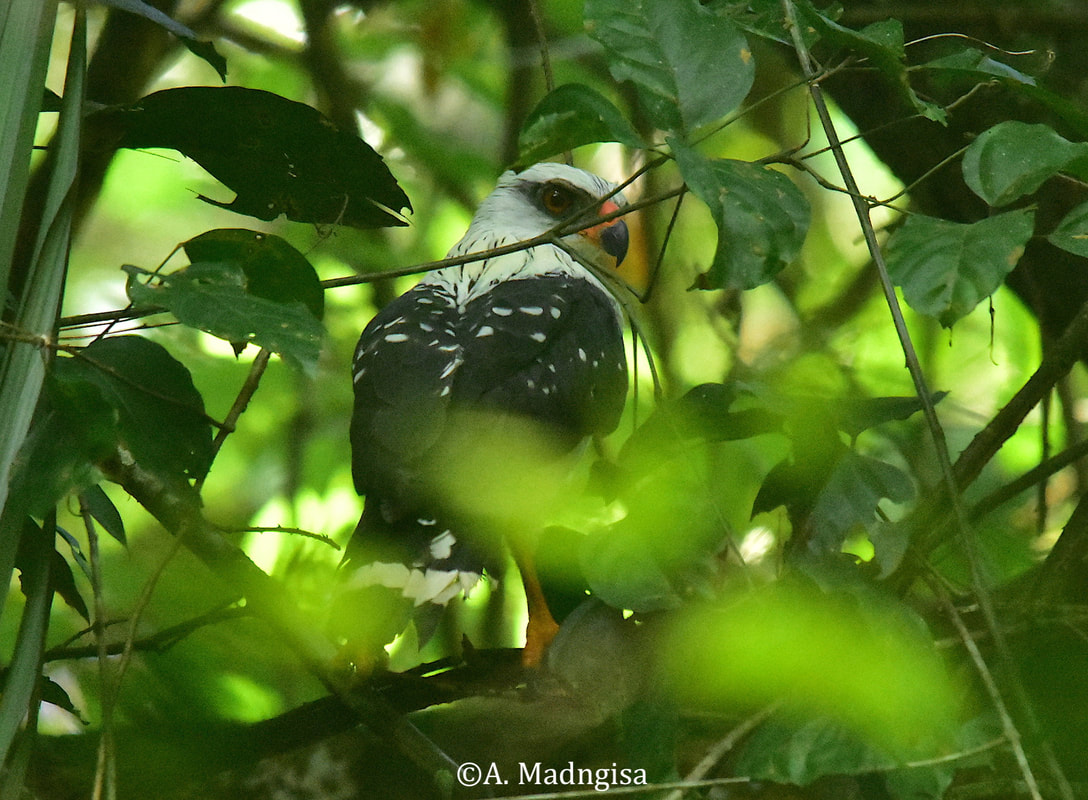
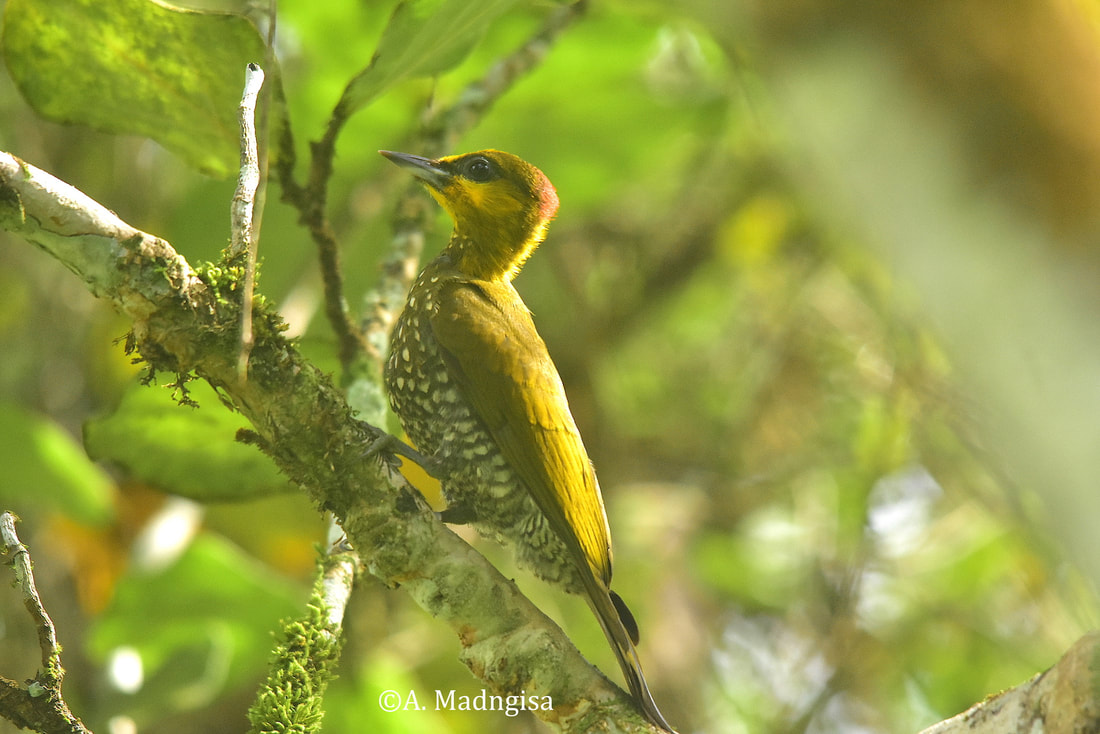
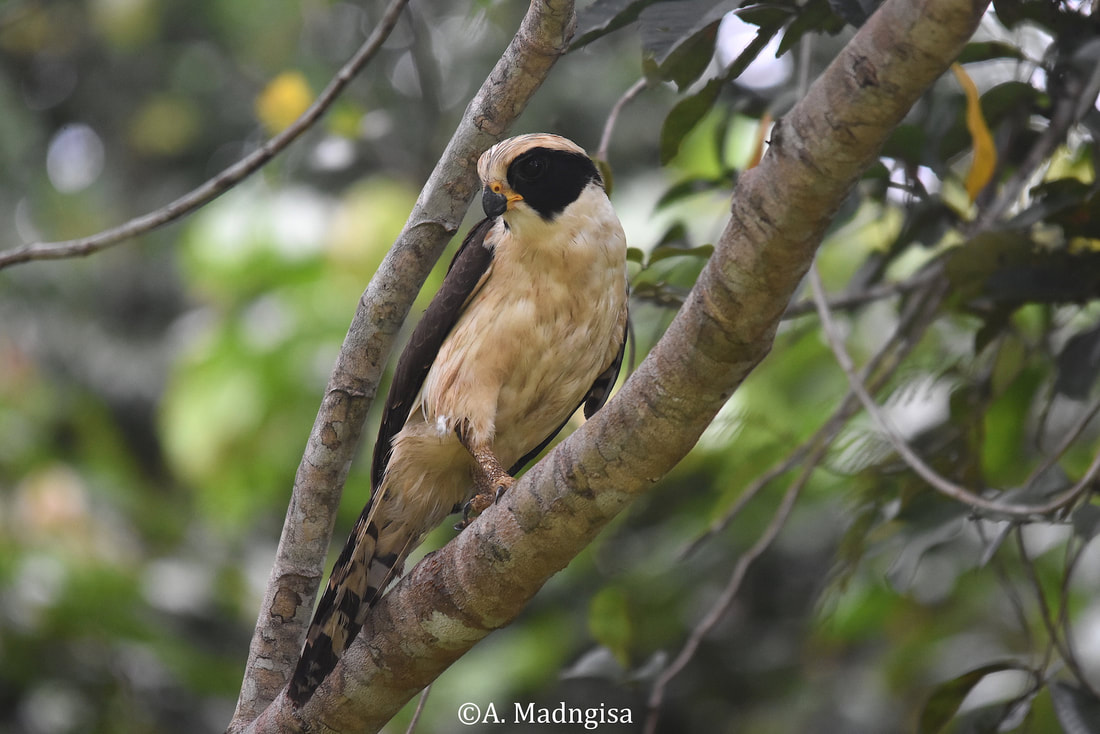

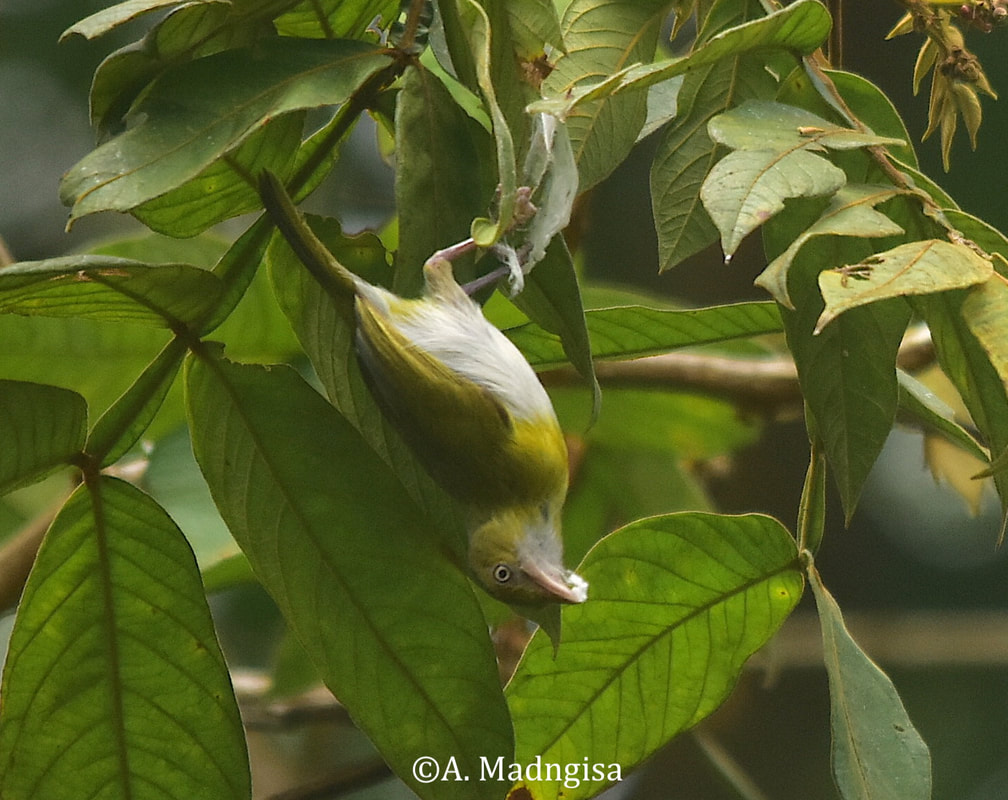
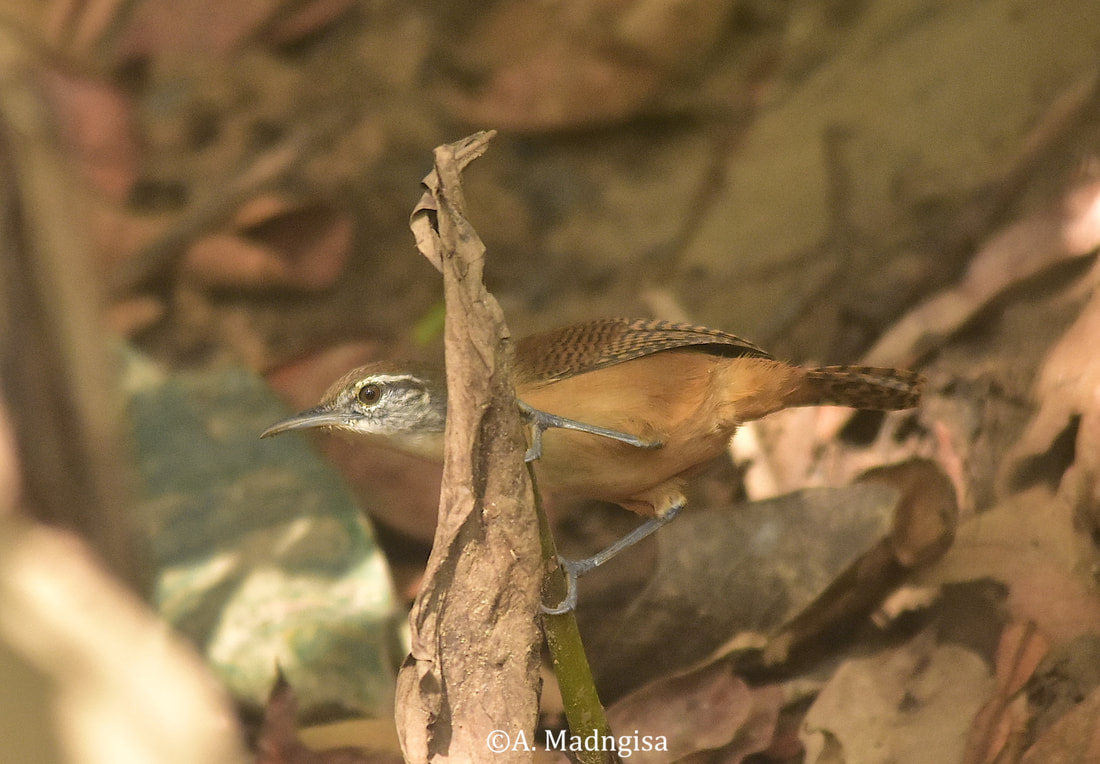

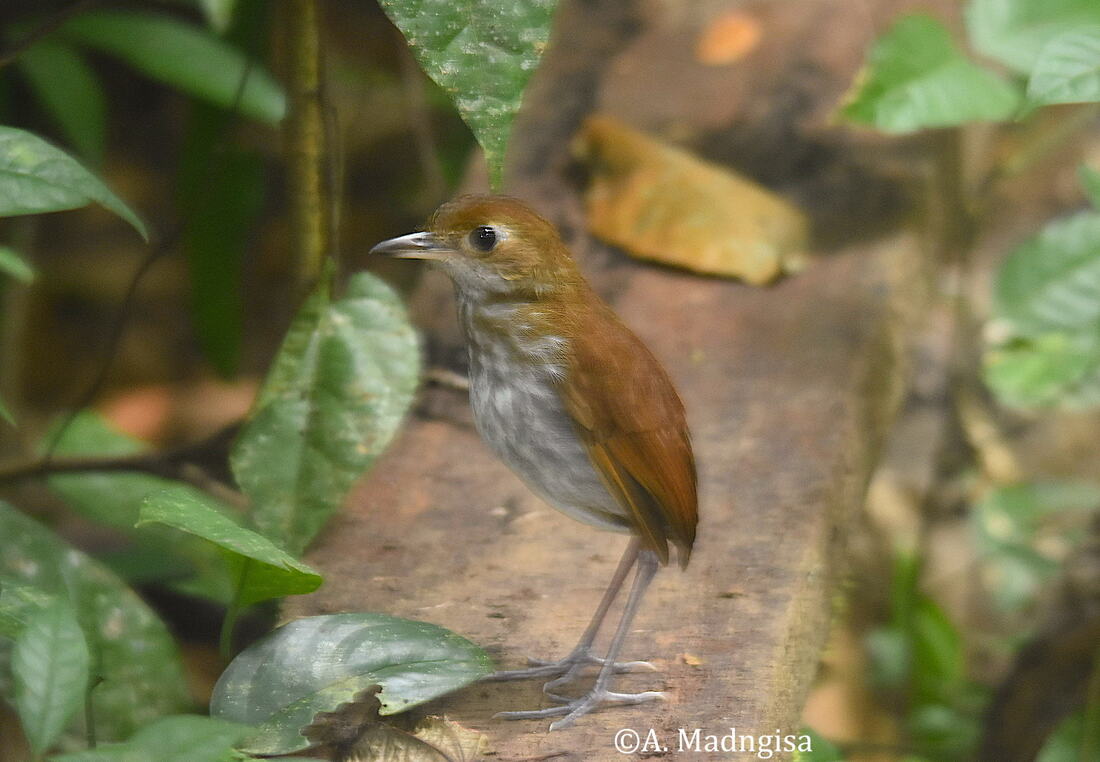
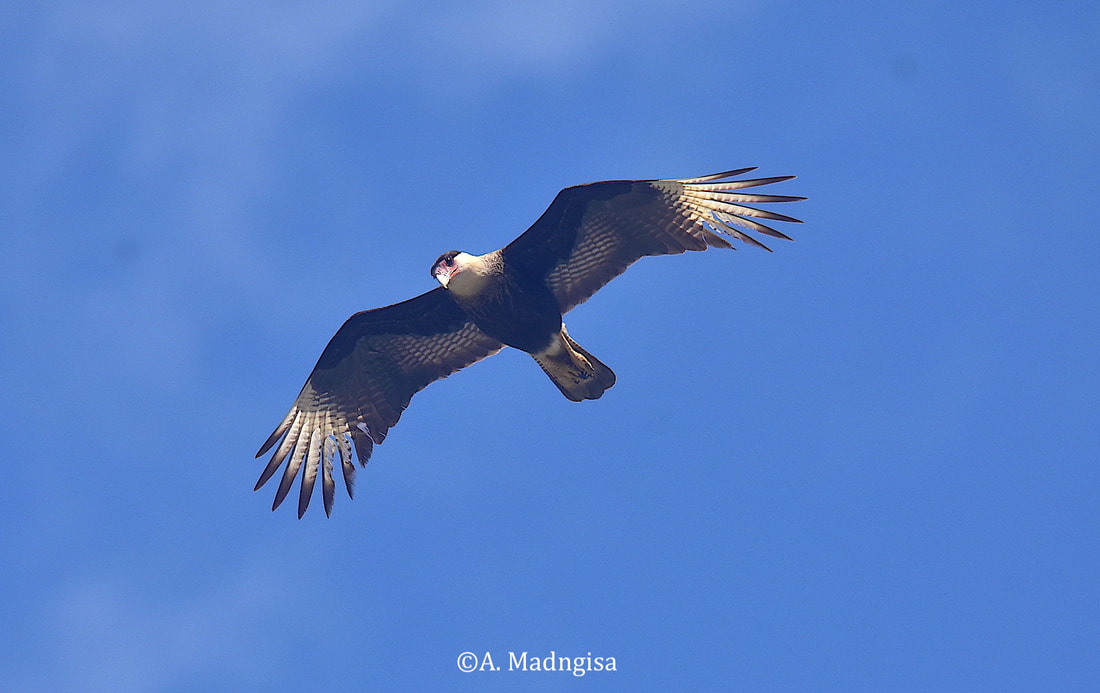
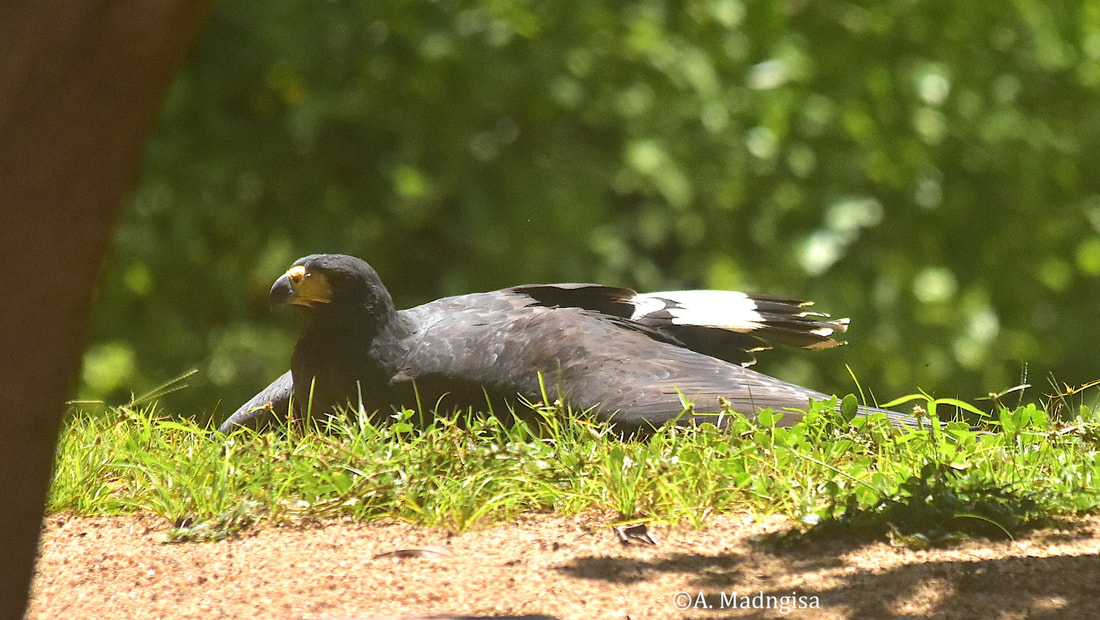
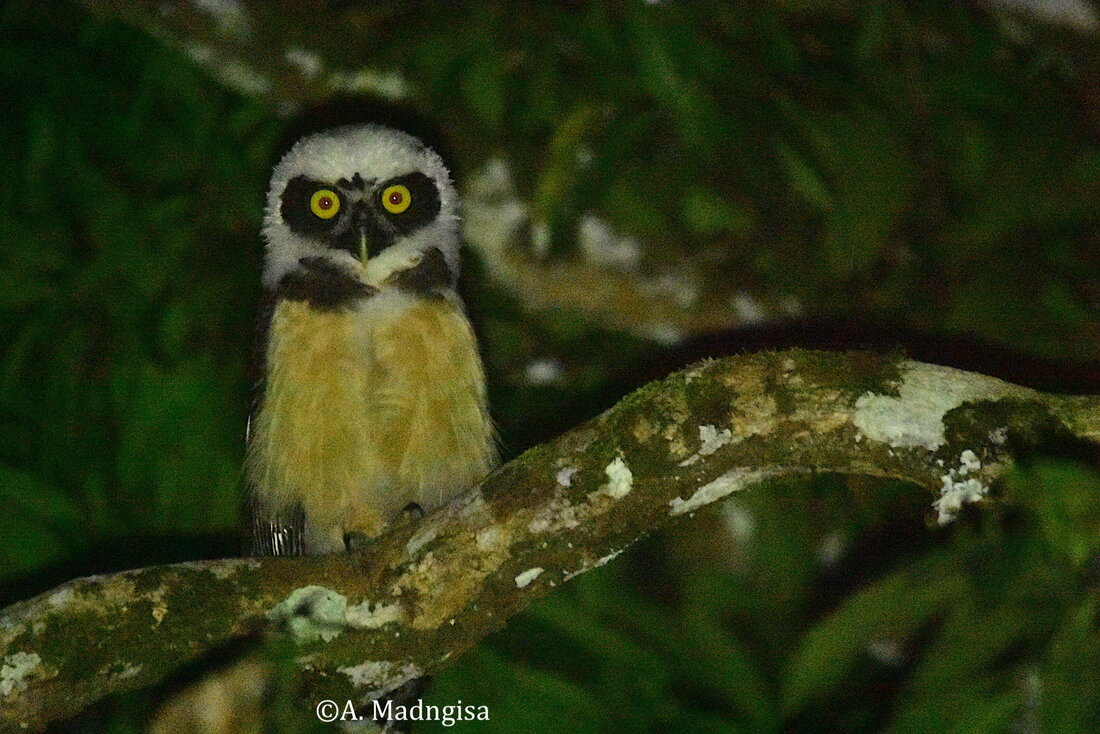
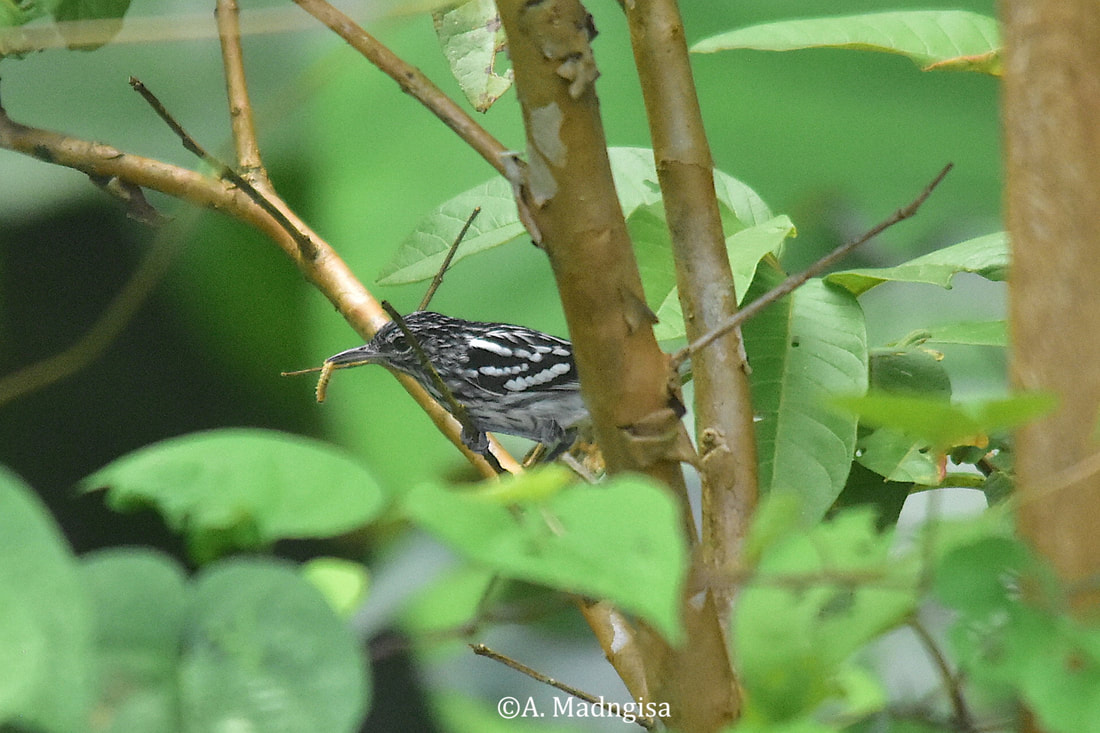
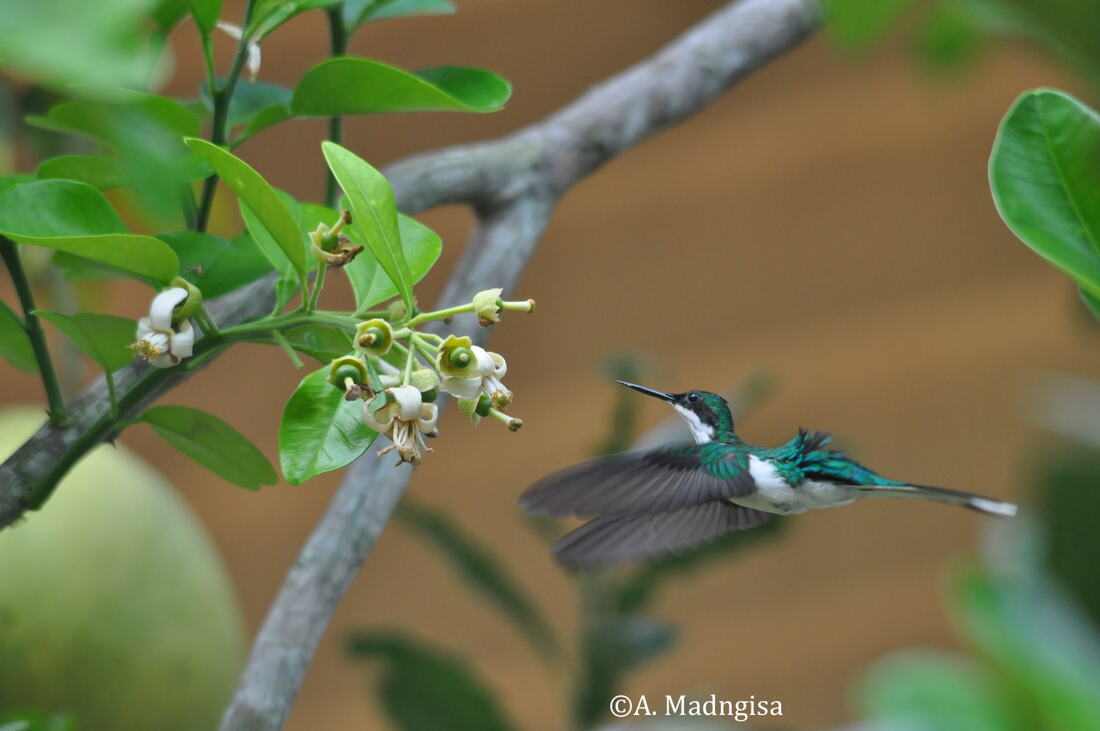
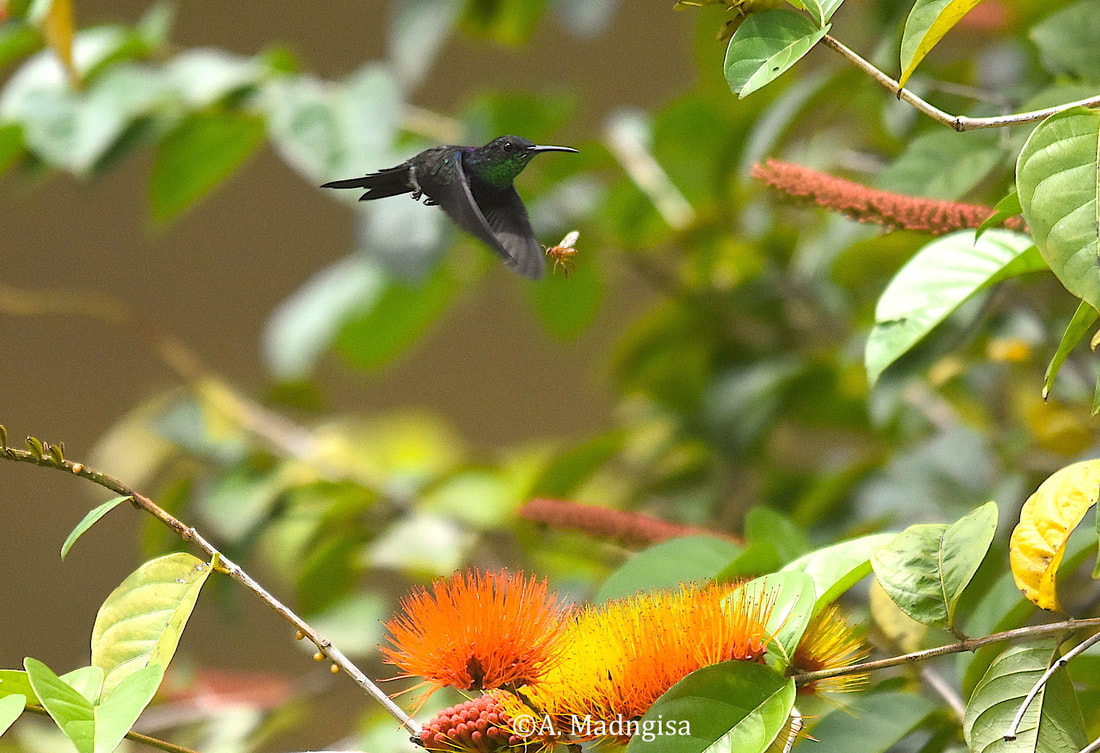
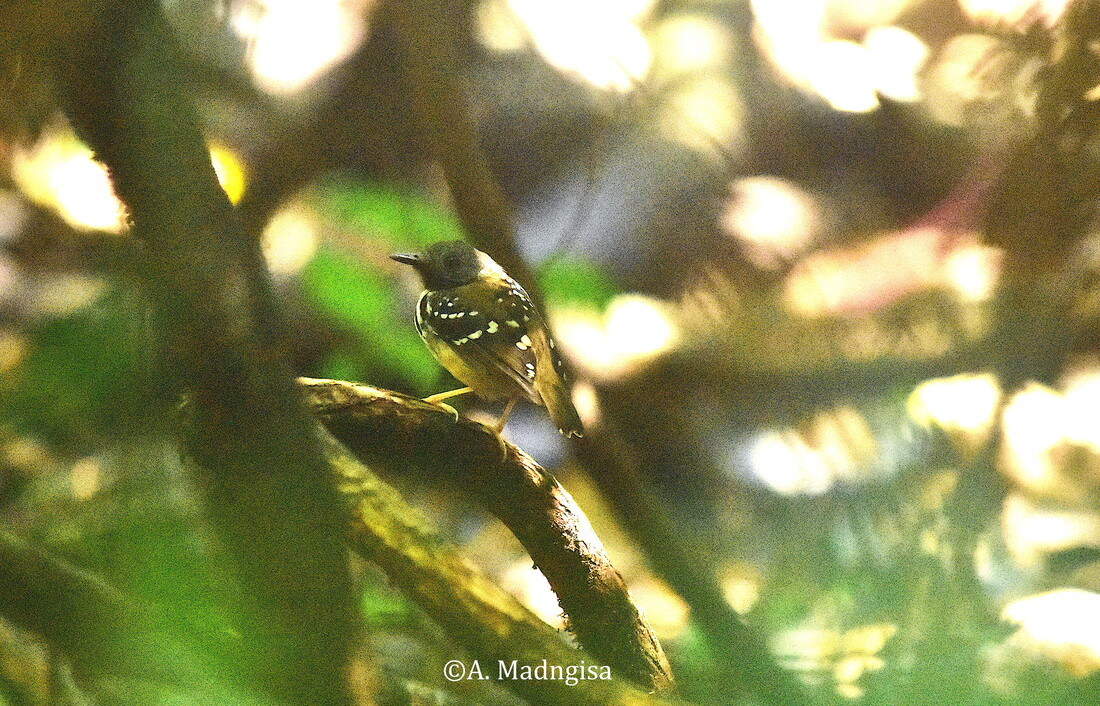
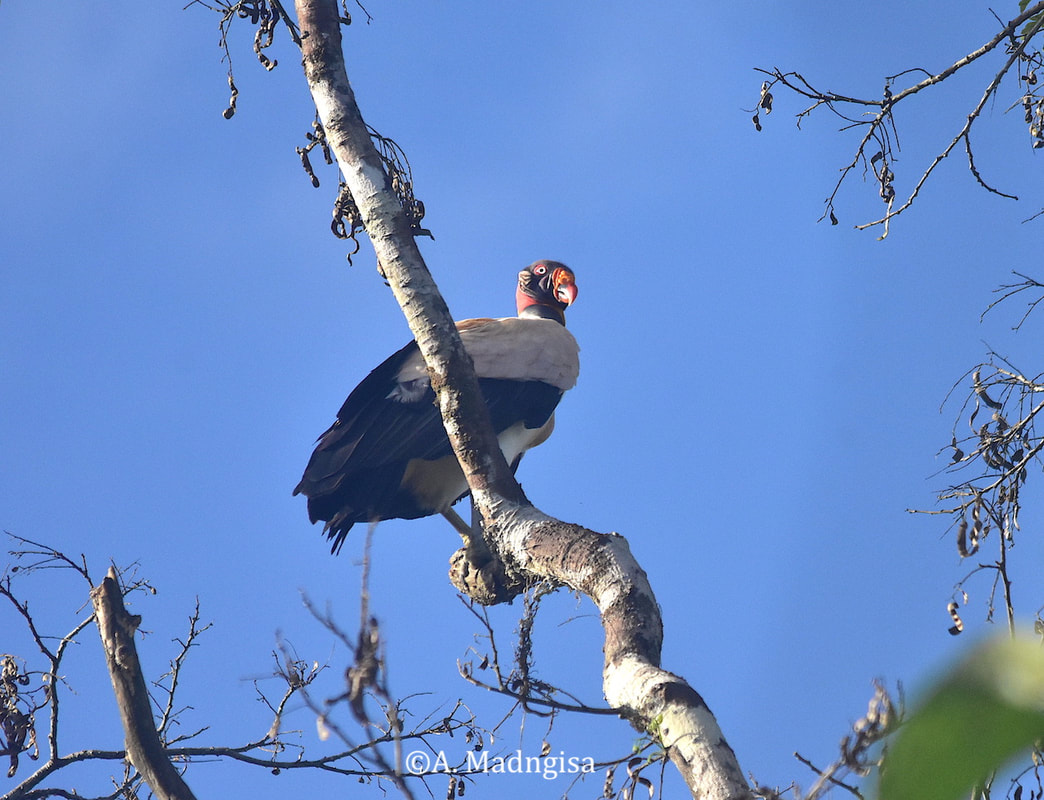

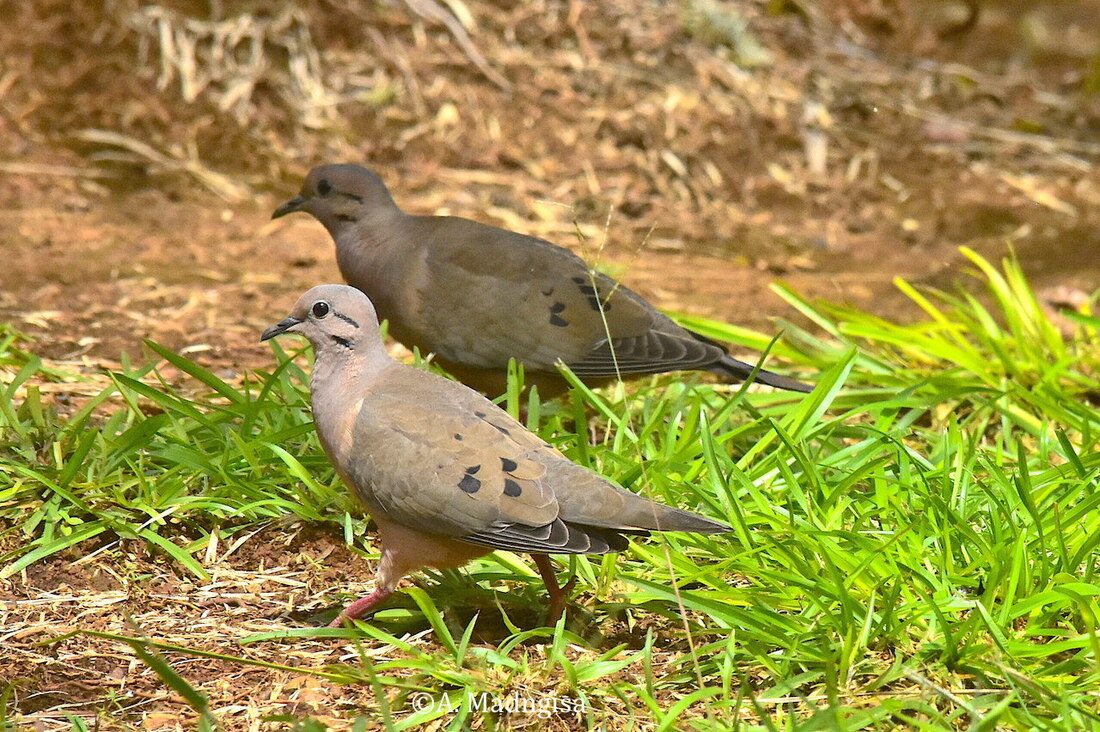
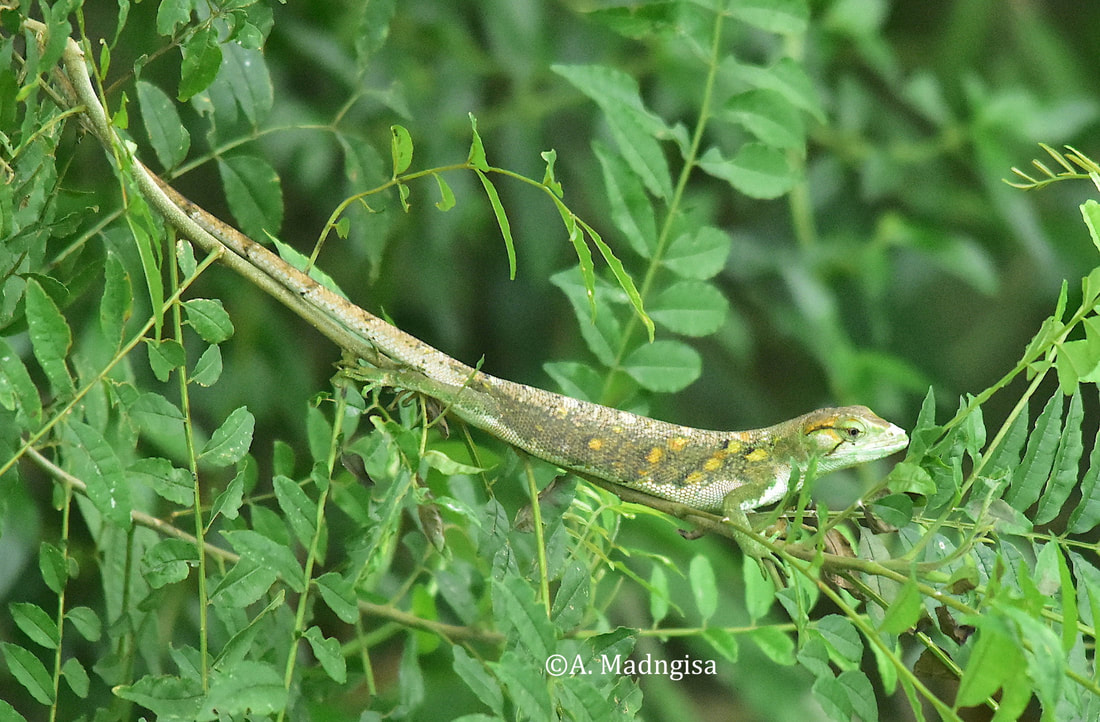

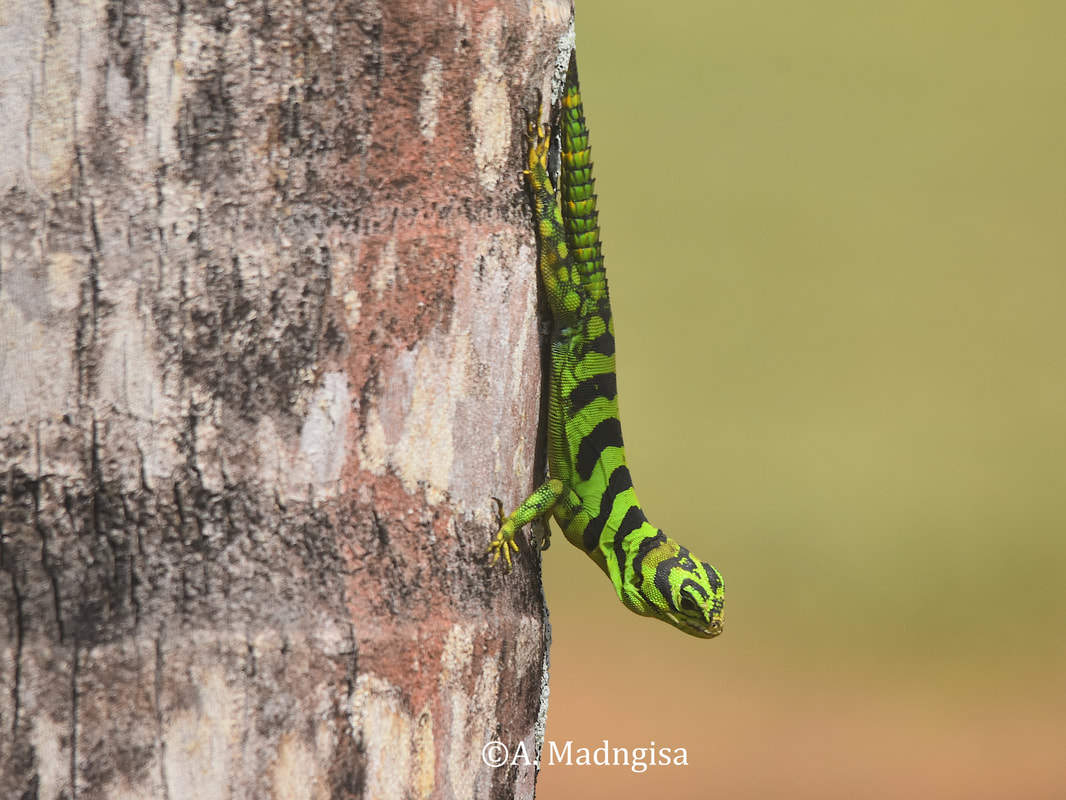
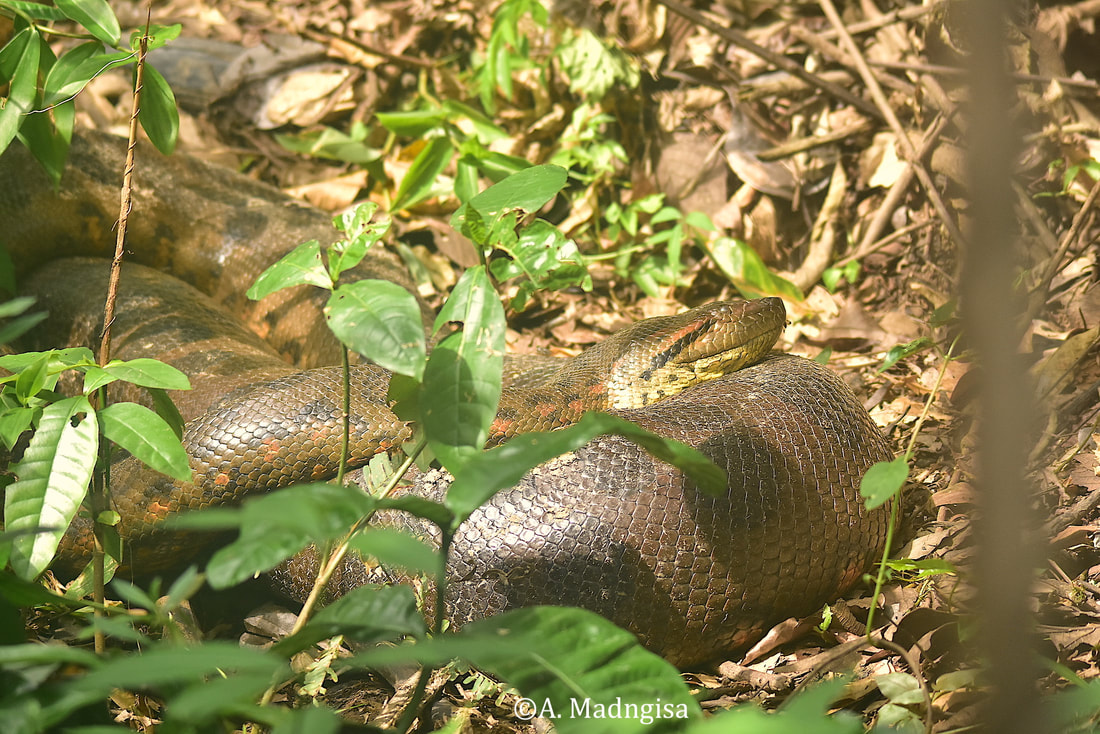
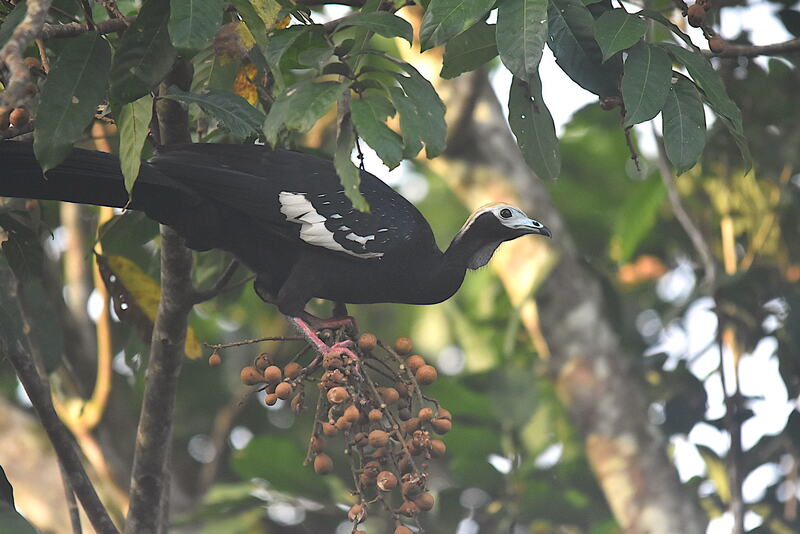
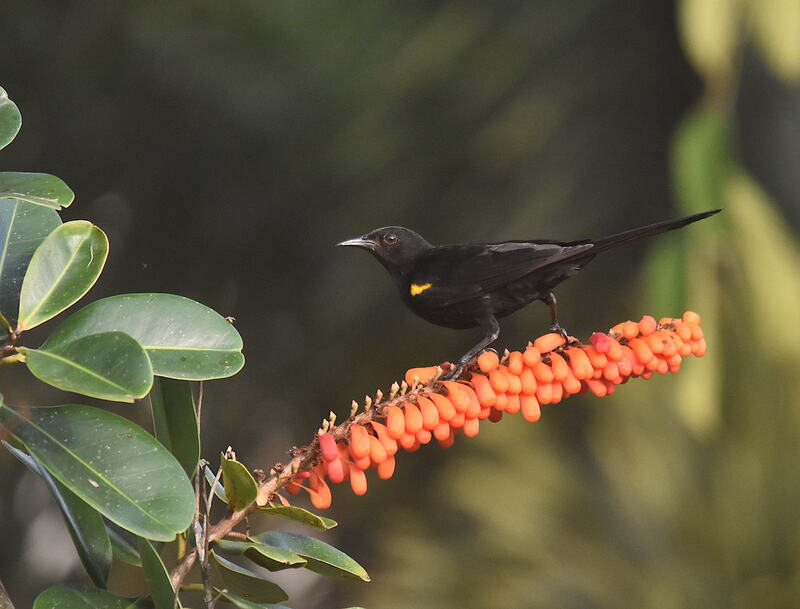
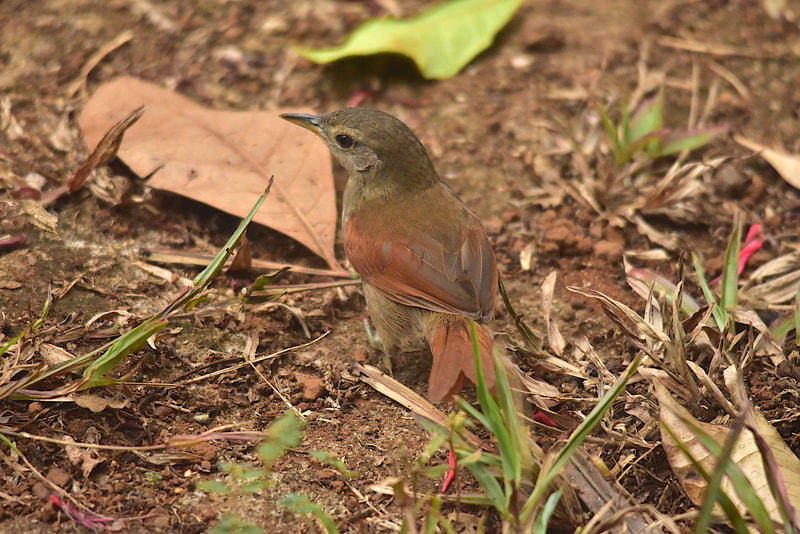
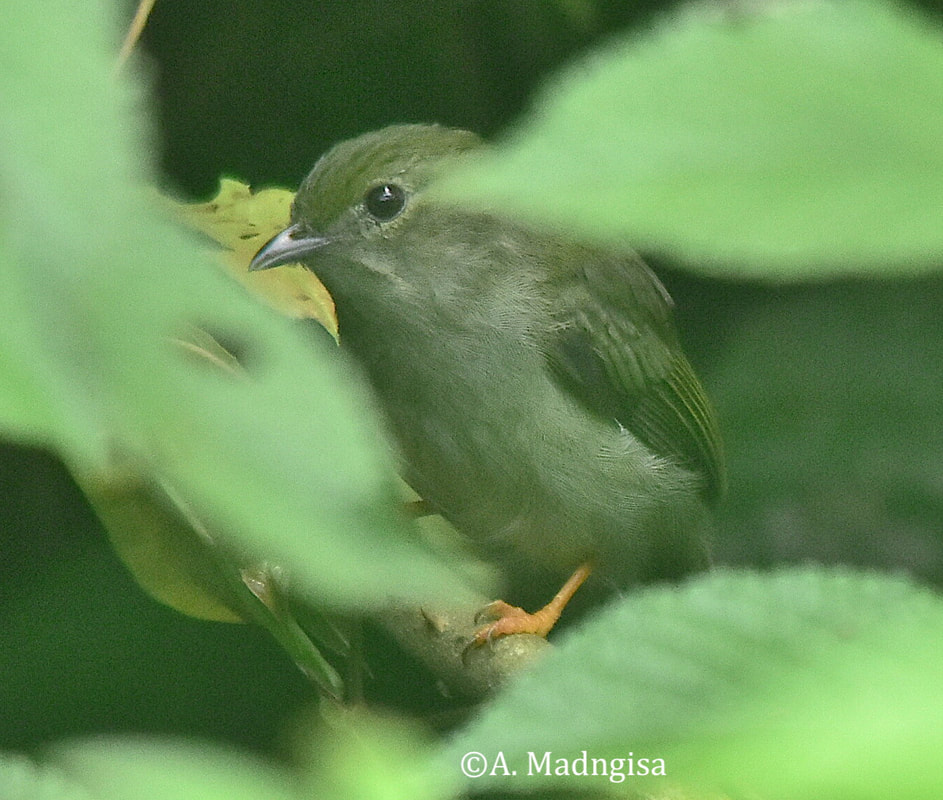
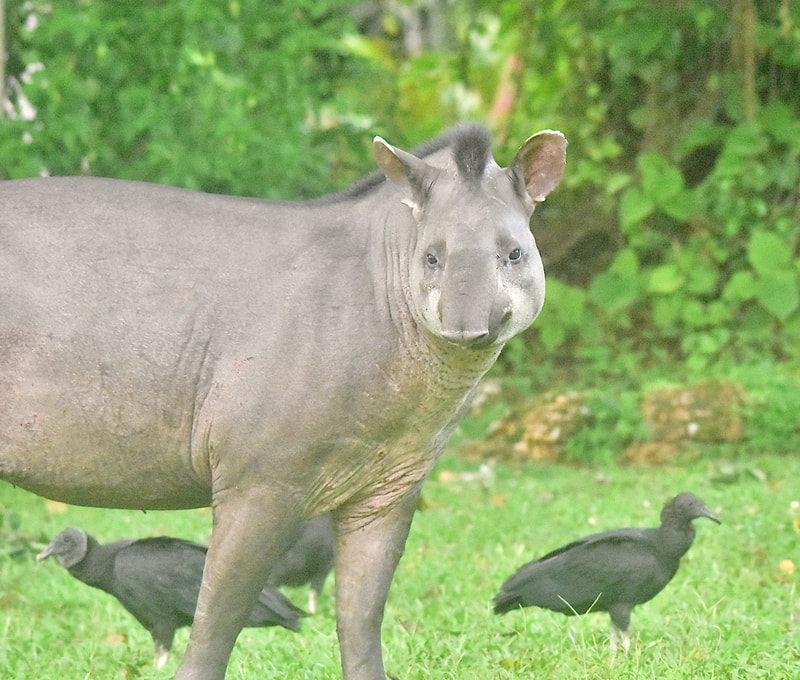
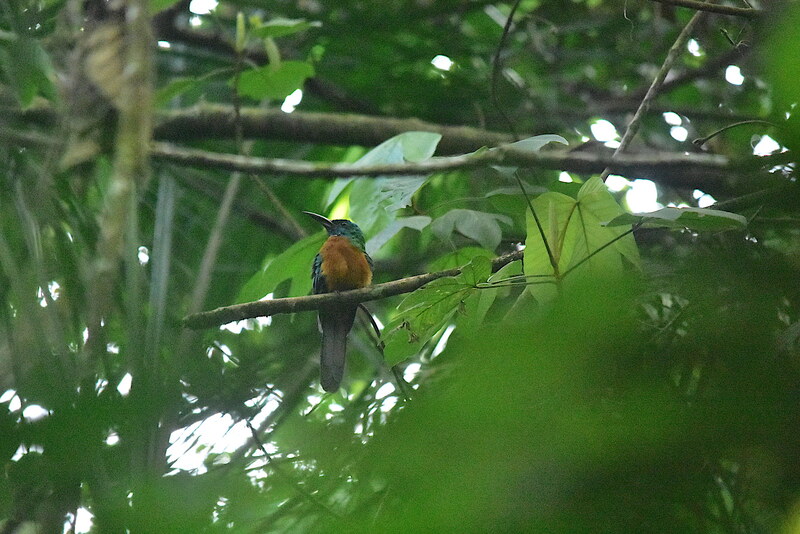

 RSS Feed
RSS Feed